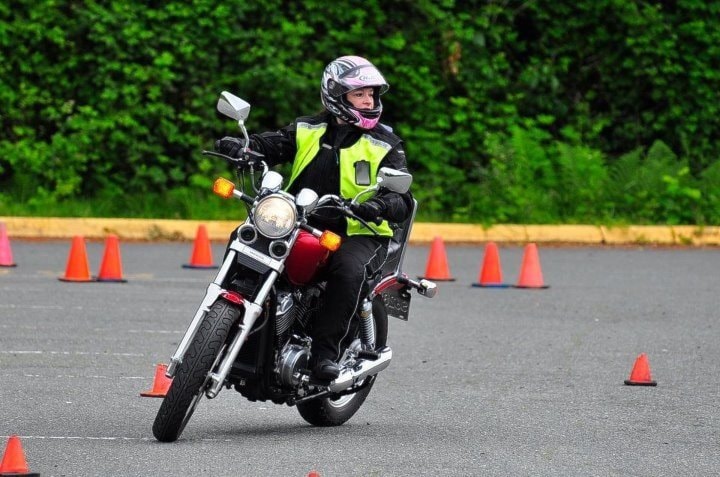History is filled with valuable “growth opportunities,” and we can learn a lot from those who have travelled a road before us. This makes accident-site analysis invaluable.
One of the biggest studies of motorcycle accidents is the European Commission’s MAIDS, or Motorcycle Accident In-Depth Study, which was co-funded by the European Commission. Investigators looked at 923 cases of motorcycle accidents.
The primary cause of all accidents were determined mostly to be attributed to human error. Human error falls into four main categories: perception failure (not seeing), comprehension failure (seeing but not understanding), decision failure (seeing and understanding, but not reacting properly) and reaction failure (seeing and understanding, but not reacting at all).
Vehicle drivers (as opposed to powered-two-wheelers) were found to be at fault in just over 50 per cent of the time. Primary contributing factors to their human errors were, in order of frequency:
Information derived from motorcycle accidents clearly show us that other vehicles are a detriment to the health of any biker. Bikers need to drive to be seen. This is why it is important that riders learn defensive riding strategies. We cannot control other drivers, but we can control how we ride in their midst. Defensive riding means that you are compensating for other drivers’ stupidity.
But we’re not that perfect either. Riders of powered two-wheelers were at fault a whopping 37.4 per cent of the time -- and we tend to be at fault over four times more often than drivers when it comes to speed. Primary contributing factors to our human errors were, in the same order as above:
And keep in mind that these numbers precede hand-held communication devices (iPhones, cells, androids and other thingamajigs). We need to manually add this deadly distraction to our mental-alerts systems.
Maybe I’m biased having worked for almost a decade as a motorcycle safety instructor, but I do strongly recommend motorcycle training for all riders, experienced or not. We need to compensate for others, and we need to sharpen up our own emergency responses. Decision failure and reaction failure can be overcome with proper training.
Thinking you know something when you actually don’t can be detrimental to your health. And when flesh meets metal, who’s at fault becomes trivial; it’s the biker who pays. The burden is on us bikers to do everything we can, so that we can continue to play on two wheels.
We have great safety schools on the Island and fantastic instructors. Do yourself a favour, do your research, and smarten up by taking a course.
Britt Santowski has been riding since she was 25, and served as a Chief Instructor with the Vancouver Island Safety Council, where she taught for nine years.
